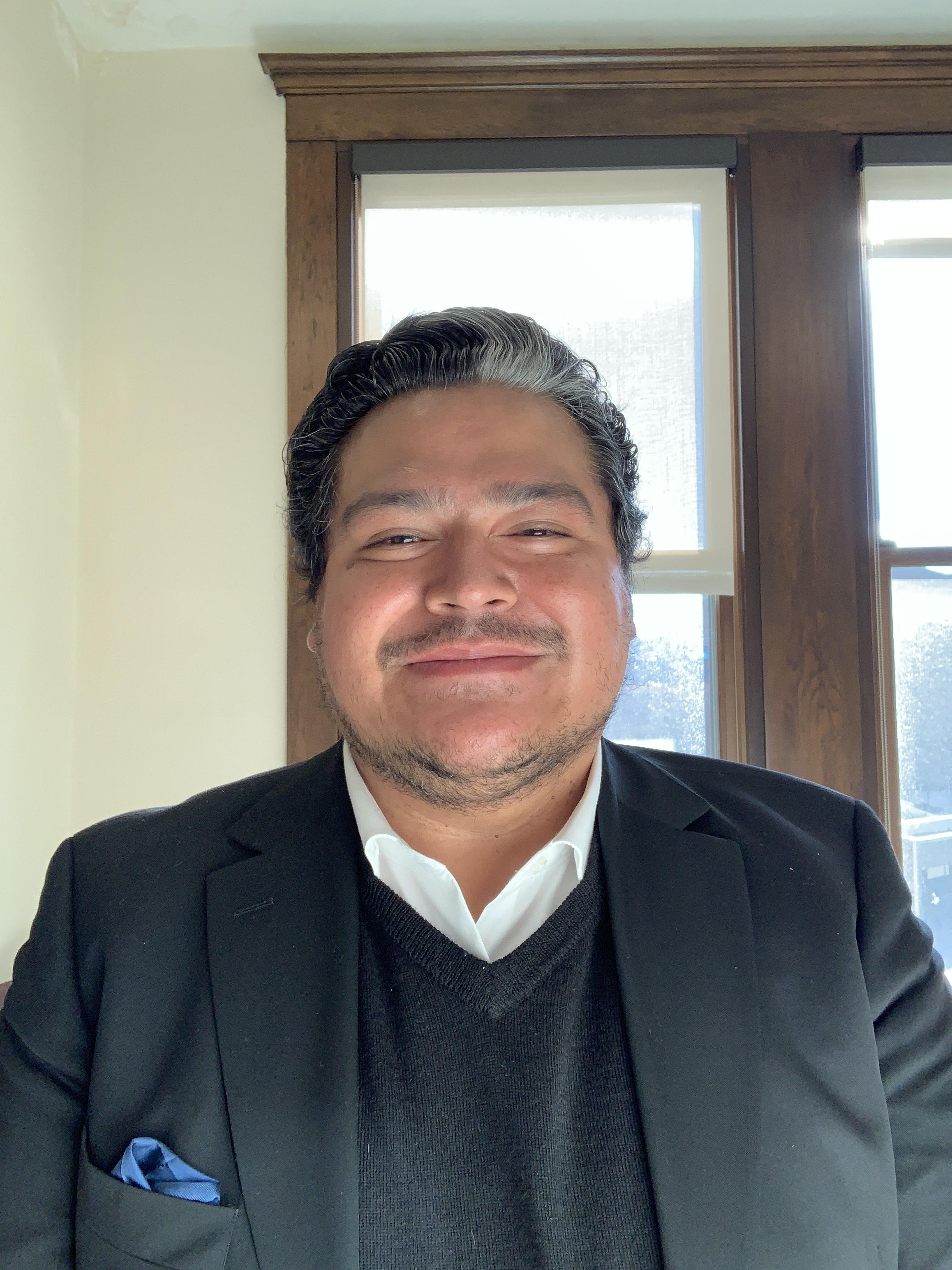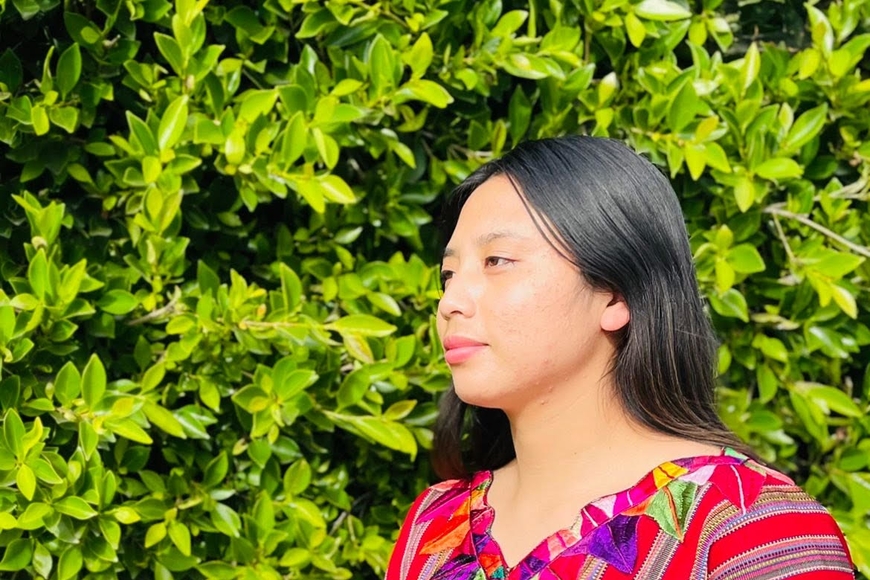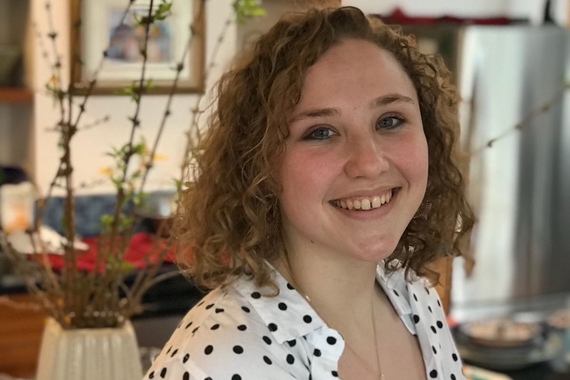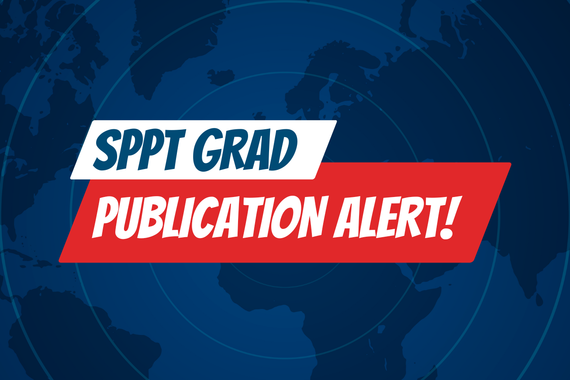Testimonies of Hope: Indigenous Migrants & Arts
When Assistant Professor Osiris Aníbal Gómez was presented with an opportunity for a human rights project proposal, he immediately began thinking about ways to involve Indigenous immigrants. Rather than doing something with academic advancement being the sole outcome, Gómez hoped to come together with authentic communities in order to create mutually beneficial and much-needed relationships.
With this goal in mind, Gómez, along with PhD candidate Olga Salazar Pozos and an external partner, Comunidades Indígenas en Liderazgo (CIELO), created an arts workshop for indigenous women called Testimonies of Hope. This two-week event, funded by the Human Rights Initiative, took place in Los Angeles, California; a place with one of the highest Hispanic populations in the US.
“Our main purpose [with this workshop] was to develop a way in which we could get to know a very vulnerable group, which is that of migrant undocumented Indigenous women from Central America or Mexico,” says Salazar. “We wanted them to give a testimony of who they [are] as migrants, as women, as representatives of their different Indigenous communities.”
Art as a Testimony
A common yet problematic belief is that everyone who migrates to the US from Latin America speaks Spanish. But this is not the case. There are over 30 different Indigenous communities residing in the Los Angeles area. Because of this diversity, writing—or even speaking—were not the intent of this workshop. Instead, art projects served as a means to connect people with each other and with their own personal stories.
At the end of the summer of 2021, a group of eight women, along with Gómez, Salazar, and CIELO directors Odilia Romero and Janet Martinez, came together every day for two to three hours. During this time they would participate in artistic activities such as storytelling, embroidery, cooking, photography, or painting. The environment was gentle, low-pressure, and welcoming. “Everything that we designed was according to what they told us they wanted to do,” recalls Salazar.
Approaching a vulnerable community from a place of power was not going to work; the organizers needed to treat these women as the dynamic and three-dimensional people they are. “When we approach Indigenous communities, we tend to begin asking questions like we have some kind of authority,” explains Gómez. “That's why we were so open to just doing the activities and whenever any of the participants felt the need to speak, they spoke.”
Art is often taken for granted as a source of entertainment, but it can also be used to express knowledge, histories, memory, emotions, and personalities in a way that is essential to our understanding of humanity. Through this workshop, participants learned about themselves and each other beyond the surface level. As Salazar explains, these women are often seen as mere data points, not as mothers or sisters or people with hobbies. “For me, art is a way in which you're able to say so many things that in other contexts become just numbers or statistics or figures.”

How to Tell a Story
Studying literature often involves a set of certain expectations, and no matter how routine these guidelines seem for us, it can still be exclusionary. For example, many cultures do not have alphabets, grammar rules, or even a documented language. This lack of communication means we know very little about the Indigenous communities that reside within the US. To truly understand what they need, it is essential for us to take the time to get to know the people behind the stories we usually read.
Right at the beginning of his career, Gómez was drawn to the passion and uniqueness of storytelling within these Indigenous communities. A lack of books does not mean a group lacks a rich oral history or important stories to tell. “Literature is everywhere. Literature is not only a thing of sitting down and writing [on] paper. All these narratives are there,” remarks Gómez.
Connecting with Indigenous communities firsthand allows for a unique and necessary bonding experience from human to human. Going forward, Gómez doesn’t want to publish work without the views and opinions of the groups being written about. “We have to look beyond the idea of looking for data and thinking of indigenous peoples as something that should be studied,” Gómez explains. “Knowledge should be an equal exchange.” Learning about people should be done with people—everyone should have the opportunity to create and participate in the research related to them.
Rediscovering your Voice
Undocumented immigrants are often forced to live in the shadows. With the help of CIELO, Gómez and Salazar collaborated with eight remarkable women transforming their voices through art. Testimonies of Hope was the pilot; the starting point for a long and important process of communication and mutual understanding. The next step? Brainstorming other ways to build horizontal, ethical, and paid community-university collaborations for Indigenous immigrants to tell their stories. Without their uninhibited voices, we have no basis for the expansion of knowledge.
“When you let others speak in a way that makes them comfortable, that's when you start hearing and you start learning,” says Gómez. “I learned so many things”.



